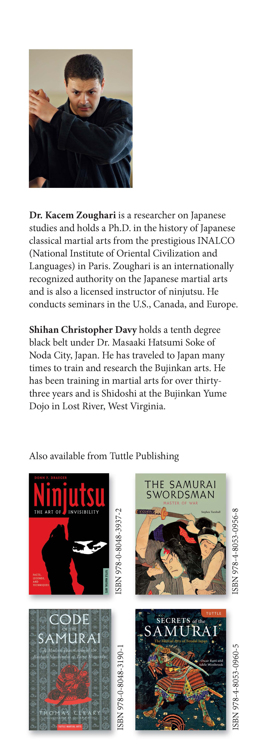
Acknowledgments
To Him we give thanks for every moment, be it in the secrecy of night, or in broad daylight. Thanks to my parents, my family, and my sensei in the practice of ninjutsu. I particularly want to thank Mr. Christopher Davy, as well as all members of Yume Dj (Tony, Ethan, Steve, Brian, Ilan, David), and Mr. Ray A. Letter, without whom this version would never have seen the light of day.
Many photographs and scrolls were reproduced in this publication. From the bottom of my heart I wish to thank the following people, museums, universities, companies and private organizations for their valuable assistance and for their collaboration:
Bab Japan shuppan sha
Shin jinbutsu yuraisha
NHK Publications
QUEST Company
National Diet Library
National Library of Australia
British Library
Socit Franaise des Etudes Japonaises
British Association for Japanese Studies
Japan Society
Muse des Armes de Paris
Gaikokugo University Library
Tsukuba University Library
Saitama University Library
Tenri University Library
Toky University Library
Kodkan jd
Nihon bud gakkai
Nihon Budkan
Muse de Ueno
Ueno Library
Shiga Library
Muse de Toky
Matre Hatsumi Masaaki, Ishizuka Tetsuji, Tobe Shinjr, Koyoma Rytar, Nawa Yumio, Yamaguchi Masayuki, Ohara Tami, Okuse Heishichir, Nakajima Atsumi (soke de lcole Hoki ry jjutsu), Nobuyuki Hirakami (menkoykaiden de plusieurs Kory et chercheur), Sakai Eiji (Okura-den Asayama ichiden ry dai- shihan), Ota Nobuaki (Asayama Ichiden ry Researcher chief), Higashi Kenichi (gaikoku go university), Td Yoshiaki (Tsukuba University), Kazuma Kji (Kgakuin University), Yoshio Mifuji (Nippon budkan), Yoshino Yoshinobu (Nippon budkan),Masatoshi Taya (Nippon budkan), Yoshikane Hirayama (Nipon budkan), Naoki Murata (Kdkan Jd Museum), Kno Yoshinori, Kuroda Tetsuzan (Shinbukan), Kogure Yuji, Stephen Turnbull, Pierre F.Souyri (Inalco), Francois Mac (Inalco), Jean Noel Robert (Sorbone Ecole Pratique des Hautes Etudes), Franois Lachaud (EFO).
Appendix A: History and Definition of Jjutsu
Jjutsu ( ) is a generic term used from the very start of the Edo period to define a whole series of empty-hand combat techniques. Indeed, although the term is recent, it indicates a specific use of the body rather than a specific technique of com bat. In fact, jjutsu is inherent in all arts that require a flexible body, making it possible to demolish an enemy whether armed or not, to control the body of the enemy (articulations, tendons, muscles, etc.), and, of course, to do so with the weapon used. Therefore, that which is called jjutsu and that has been called by various names during the history of the Japanese martial arts, is an attitude, a way of being and of being driven that allows one to adapt to all situations and weapons, rather than a type of technique used to demolish the enemy. What one calls sg bujutsu (
) is a generic term used from the very start of the Edo period to define a whole series of empty-hand combat techniques. Indeed, although the term is recent, it indicates a specific use of the body rather than a specific technique of com bat. In fact, jjutsu is inherent in all arts that require a flexible body, making it possible to demolish an enemy whether armed or not, to control the body of the enemy (articulations, tendons, muscles, etc.), and, of course, to do so with the weapon used. Therefore, that which is called jjutsu and that has been called by various names during the history of the Japanese martial arts, is an attitude, a way of being and of being driven that allows one to adapt to all situations and weapons, rather than a type of technique used to demolish the enemy. What one calls sg bujutsu ( ), or composite techniques of combat, uses the art of jjutsu as the central axis for using various weapons in combat.
), or composite techniques of combat, uses the art of jjutsu as the central axis for using various weapons in combat.
The origin of the Japanese techniques of bare-hand combat is far back in the history of Japan. One of the very first references on these types of body techniques or system of combat, including hand-to-hand combat, is found in two prominent Japanese historical works: Kojiki, a rite that was practiced at the imperial courts of the Nara and Heian, where skilled fighters competed.
According to densho of various schools of jjutsu, in particular the pioneering schools of Shosh-ry ( ) and Takeuchiry (
) and Takeuchiry ( ), these systems of empty-hand combat combined with the use of various weapons, made their appearance during the Muromachi period. However, I should add an interesting fact: the use of the body in the art of kenjutsu, sjutsu, and the like in the writings of prominent masters of Kamiiizumi of the Shinkage-ry and Tsukahara Bokuden of the Shint-ry shows that they developed a deep and subtle understanding of the use of all types of weapons, and is a testament to the ultimate technique of Mut-dori (
), these systems of empty-hand combat combined with the use of various weapons, made their appearance during the Muromachi period. However, I should add an interesting fact: the use of the body in the art of kenjutsu, sjutsu, and the like in the writings of prominent masters of Kamiiizumi of the Shinkage-ry and Tsukahara Bokuden of the Shint-ry shows that they developed a deep and subtle understanding of the use of all types of weapons, and is a testament to the ultimate technique of Mut-dori ( ). In one of the more striking examples that is reported in Shuki (
). In one of the more striking examples that is reported in Shuki ( ), containing all the anecdotes relating to Kamiizumi, we see one disguised as a monk in order to come to the aid of a child taken as an hostage by a fanatic armed with a short sword. The document reveals how, by gaining the confidence of the fanatic, the monk was able to disarmed him in a flash. How had this sword-weilding fanatic, considered in all of Japan to be a master of kenjutsu without equal, been disarmed with so little effort? The art of holding and handling the sword requires coordinated flexibility,suppleness, and strength of the arms, forearms, wrists and fingers, and therefore, the body as a whole. Its similar to holding a brush for calligraphy. Thus, it goes without saying that Kamiizumi was a master of movement and knew how to disarm any type of enemy because of his training in the art of flexibility. He had the ability to flow, like water, in his movements; a skill that is necessary to the art of kenjutsu and the use of other weapons.
), containing all the anecdotes relating to Kamiizumi, we see one disguised as a monk in order to come to the aid of a child taken as an hostage by a fanatic armed with a short sword. The document reveals how, by gaining the confidence of the fanatic, the monk was able to disarmed him in a flash. How had this sword-weilding fanatic, considered in all of Japan to be a master of kenjutsu without equal, been disarmed with so little effort? The art of holding and handling the sword requires coordinated flexibility,suppleness, and strength of the arms, forearms, wrists and fingers, and therefore, the body as a whole. Its similar to holding a brush for calligraphy. Thus, it goes without saying that Kamiizumi was a master of movement and knew how to disarm any type of enemy because of his training in the art of flexibility. He had the ability to flow, like water, in his movements; a skill that is necessary to the art of kenjutsu and the use of other weapons.
Various Terms
The term jjutsu means to use flexibility and flexible techniques, and thus to use flexibility it is necessary to have flexibility, to develop a flexible body, and to know how to use this flexibility. The use of the body remains the keystone of all the forms of jjutsu. This is apparent in all of the various names given to the various schools that claim to use jjutsu.
 In the Sekiguchi-ry (
In the Sekiguchi-ry ( ), Araki-ry (
), Araki-ry ( ), Seig-ry (
), Seig-ry ( ) schools, the techniques of jjutsu used the following names: hade (
) schools, the techniques of jjutsu used the following names: hade ( ), hakuda (
), hakuda ( ), jjutsu (
), jjutsu ( ), kenp (
), kenp ( ), torite (
), torite ( )
)
 In the Takeuchi-ry and Yagy Shingan-ry (
In the Takeuchi-ry and Yagy Shingan-ry ( ) schools: kopp (
) schools: kopp ( ), gh (
), gh ( ), kogusoku (
), kogusoku ( ), yawara-jutsu (
), yawara-jutsu (
Next page
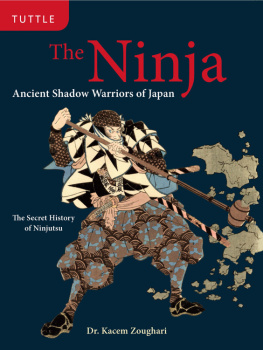



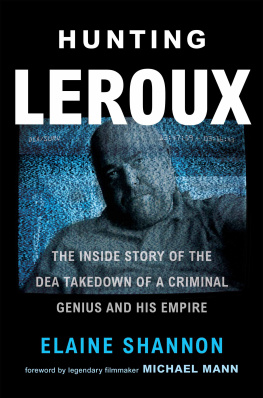



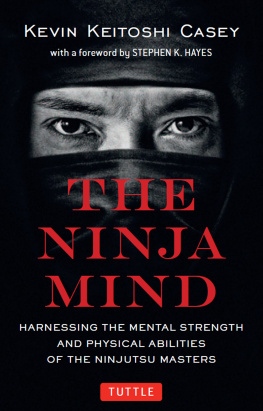

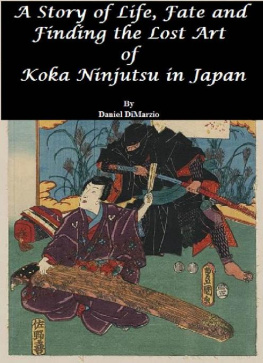


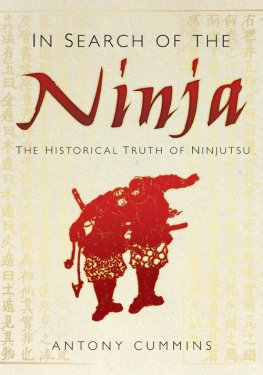
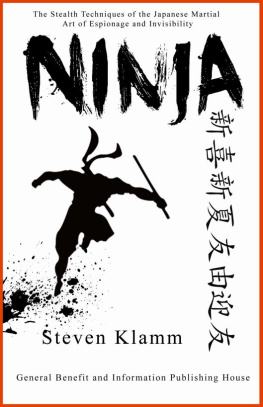
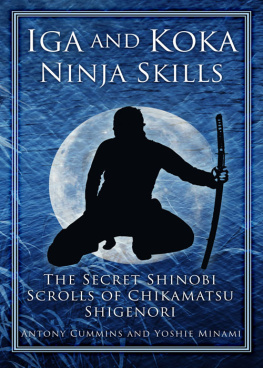
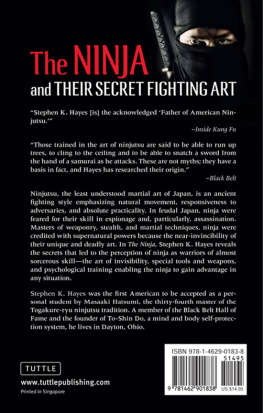
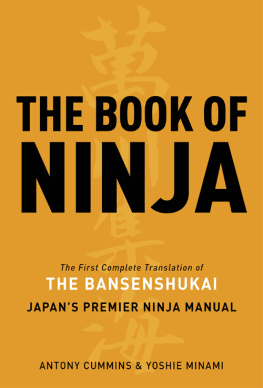
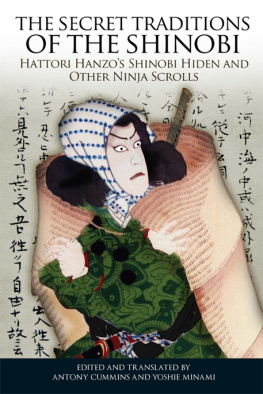

 ) is a generic term used from the very start of the Edo period to define a whole series of empty-hand combat techniques. Indeed, although the term is recent, it indicates a specific use of the body rather than a specific technique of com bat. In fact, jjutsu is inherent in all arts that require a flexible body, making it possible to demolish an enemy whether armed or not, to control the body of the enemy (articulations, tendons, muscles, etc.), and, of course, to do so with the weapon used. Therefore, that which is called jjutsu and that has been called by various names during the history of the Japanese martial arts, is an attitude, a way of being and of being driven that allows one to adapt to all situations and weapons, rather than a type of technique used to demolish the enemy. What one calls sg bujutsu (
) is a generic term used from the very start of the Edo period to define a whole series of empty-hand combat techniques. Indeed, although the term is recent, it indicates a specific use of the body rather than a specific technique of com bat. In fact, jjutsu is inherent in all arts that require a flexible body, making it possible to demolish an enemy whether armed or not, to control the body of the enemy (articulations, tendons, muscles, etc.), and, of course, to do so with the weapon used. Therefore, that which is called jjutsu and that has been called by various names during the history of the Japanese martial arts, is an attitude, a way of being and of being driven that allows one to adapt to all situations and weapons, rather than a type of technique used to demolish the enemy. What one calls sg bujutsu ( ), or composite techniques of combat, uses the art of jjutsu as the central axis for using various weapons in combat.
), or composite techniques of combat, uses the art of jjutsu as the central axis for using various weapons in combat. ) and Takeuchiry (
) and Takeuchiry ( ), these systems of empty-hand combat combined with the use of various weapons, made their appearance during the Muromachi period. However, I should add an interesting fact: the use of the body in the art of kenjutsu, sjutsu, and the like in the writings of prominent masters of Kamiiizumi of the Shinkage-ry and Tsukahara Bokuden of the Shint-ry shows that they developed a deep and subtle understanding of the use of all types of weapons, and is a testament to the ultimate technique of Mut-dori (
), these systems of empty-hand combat combined with the use of various weapons, made their appearance during the Muromachi period. However, I should add an interesting fact: the use of the body in the art of kenjutsu, sjutsu, and the like in the writings of prominent masters of Kamiiizumi of the Shinkage-ry and Tsukahara Bokuden of the Shint-ry shows that they developed a deep and subtle understanding of the use of all types of weapons, and is a testament to the ultimate technique of Mut-dori ( ). In one of the more striking examples that is reported in Shuki (
). In one of the more striking examples that is reported in Shuki ( ), containing all the anecdotes relating to Kamiizumi, we see one disguised as a monk in order to come to the aid of a child taken as an hostage by a fanatic armed with a short sword. The document reveals how, by gaining the confidence of the fanatic, the monk was able to disarmed him in a flash. How had this sword-weilding fanatic, considered in all of Japan to be a master of kenjutsu without equal, been disarmed with so little effort? The art of holding and handling the sword requires coordinated flexibility,suppleness, and strength of the arms, forearms, wrists and fingers, and therefore, the body as a whole. Its similar to holding a brush for calligraphy. Thus, it goes without saying that Kamiizumi was a master of movement and knew how to disarm any type of enemy because of his training in the art of flexibility. He had the ability to flow, like water, in his movements; a skill that is necessary to the art of kenjutsu and the use of other weapons.
), containing all the anecdotes relating to Kamiizumi, we see one disguised as a monk in order to come to the aid of a child taken as an hostage by a fanatic armed with a short sword. The document reveals how, by gaining the confidence of the fanatic, the monk was able to disarmed him in a flash. How had this sword-weilding fanatic, considered in all of Japan to be a master of kenjutsu without equal, been disarmed with so little effort? The art of holding and handling the sword requires coordinated flexibility,suppleness, and strength of the arms, forearms, wrists and fingers, and therefore, the body as a whole. Its similar to holding a brush for calligraphy. Thus, it goes without saying that Kamiizumi was a master of movement and knew how to disarm any type of enemy because of his training in the art of flexibility. He had the ability to flow, like water, in his movements; a skill that is necessary to the art of kenjutsu and the use of other weapons. In the Sekiguchi-ry (
In the Sekiguchi-ry ( ), Araki-ry (
), Araki-ry ( ), Seig-ry (
), Seig-ry ( ) schools, the techniques of jjutsu used the following names: hade (
) schools, the techniques of jjutsu used the following names: hade ( ), hakuda (
), hakuda ( ), jjutsu (
), jjutsu ( ), kenp (
), kenp ( ), torite (
), torite ( )
) ) schools: kopp (
) schools: kopp ( ), gh (
), gh ( ), kogusoku (
), kogusoku ( ), yawara-jutsu (
), yawara-jutsu (